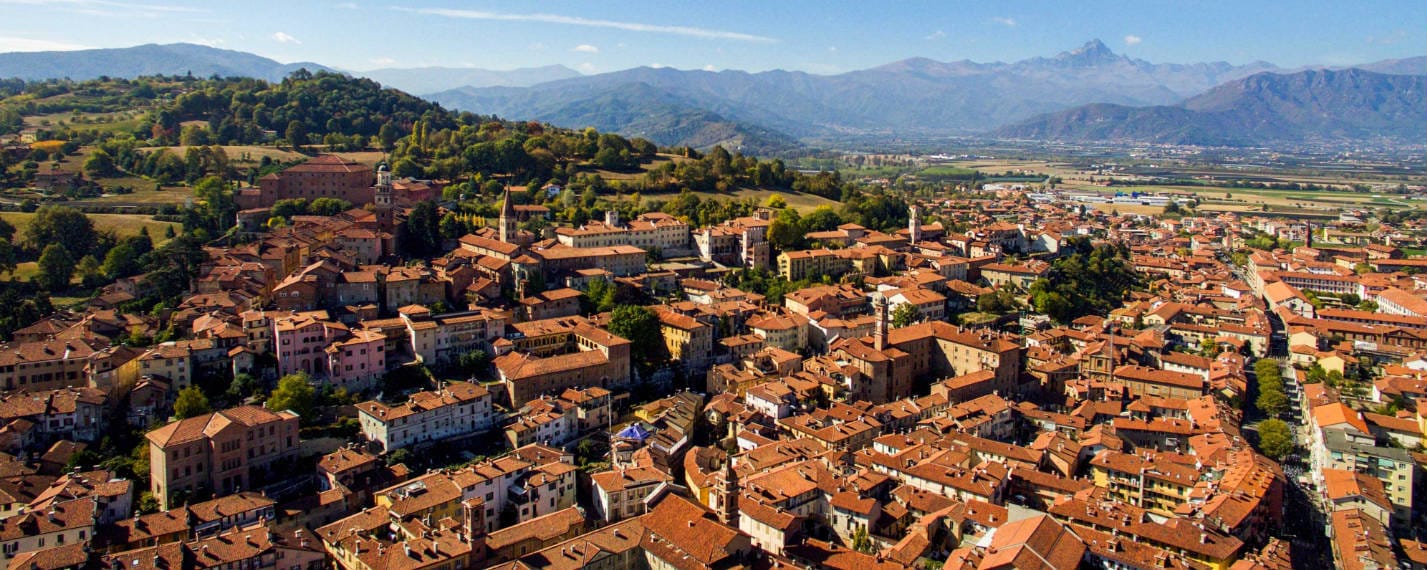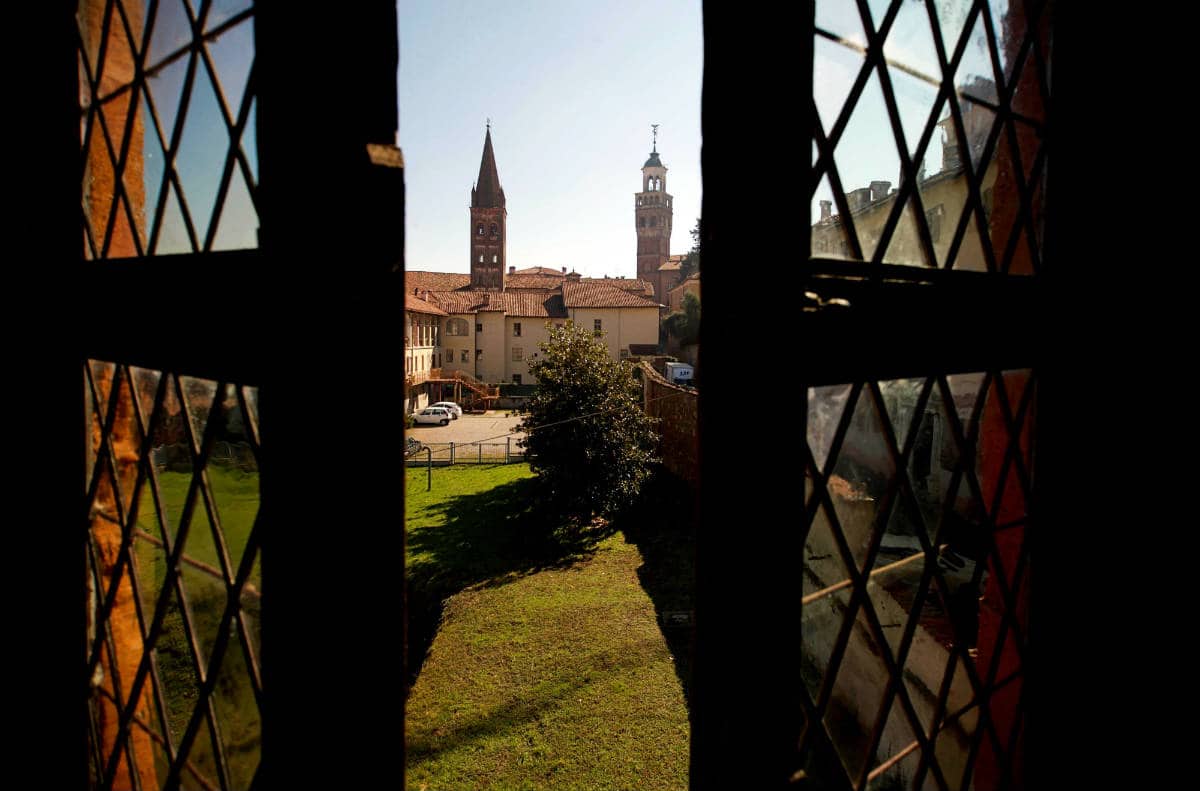Casa Cavassa is one of the symbolic buildings of the Saluzzo Renaissance, it was the home of Galeazzo Cavassa and his son Francesco, members of a noble family originally from Carmagnola, in political ascent to the court of the Marquis of Saluzzo.
In the early years of the sixteenth century, at the time of Francis, the residence experienced its moment of greatest splendor and was frequented by high-ranking intellectuals and court figures and was also the subject of important decorative interventions with artists who were inspired by Renaissance models.
The house was transformed into a museum on the initiative of the Marquis Emanuele Tapparelli D’Azeglio (1816-1890), a diplomat, art lover and art collector, who in 1883 bought it and undertook major renovations.
The restorations were commissioned to the Turin engineer M. Pulciano and to the painter V. Avondo, who decided to recover the medieval and Renaissance aspect of the building, eliminating all that had been built in later periods and building architectural elements considered characteristic of that ‘era.
The Marquis Tapparelli proceeded with the acquisition on the antique market of objects that could document the Cavassas and, more generally, of works dating back to the 1400s and 1500s, with the aim of recreating the furnishings of the house. The will of the Marquis Emanuele Tapparelli d’Azeglio dates back to 1888.
Casa Cavassa is destined for the City of Saluzzo with the furniture and art objects it contains so that it can be used “for museum use or for municipal celebrations”. Still today some works are preserved that testify to the splendor of the house at the beginning of the 1500s.
Among these, the marble portal with the wooden door of the Lombard sculptor Matteo Sanmicheli (1518 – 1528) stands out on the façade of Via S. Giovanni. and the family motto “droit quoi quil soit” (“forward at any cost” or “justice whatever it may be”). Furthermore, one of the walls of the loggia preserves the grisaille frescoes by Hans Clemer, depicting some companies of Hercules (1506 – 1511).
The museum is spread over two floors, presenting a sequence of 15 rooms with painted wooden ceilings and decorated walls. Among the works exhibited inside the rooms we can mention: the painted and gilded table depicting the Madonna della Misericordia by Hans Clemer (1499 c.) And the late Gothic wooden choir from the chapel of the Marquises of Saluzzo in Revello (room 5); the polyptych “The adoration of the Magi”, by Jacobino Longo, dated 1530 (room 9); the portraits of Carlo Emanuele I of Savoy and his wife Caterina d’Austria, painted by Giovanni Caracca around 1590 (room 13).
1 March to 31 October
Tuesday, Thursday, Friday and Saturday: 10 a.m. – 1 p.m. / 2 p.m. – 6 p.m.
Sundays and public holidays: 10 a.m. – 1 p.m. / 2 p.m. – 7 p.m.
1 November to 6 January
Sundays and public holidays: 10 a.m. – 1 p.m. / 2 p.m. – 6 p.m.
(Last entry half an hour before closing time)
Closed: 25 December, 1 January, 7 January to 28 February
musa@itur.it



